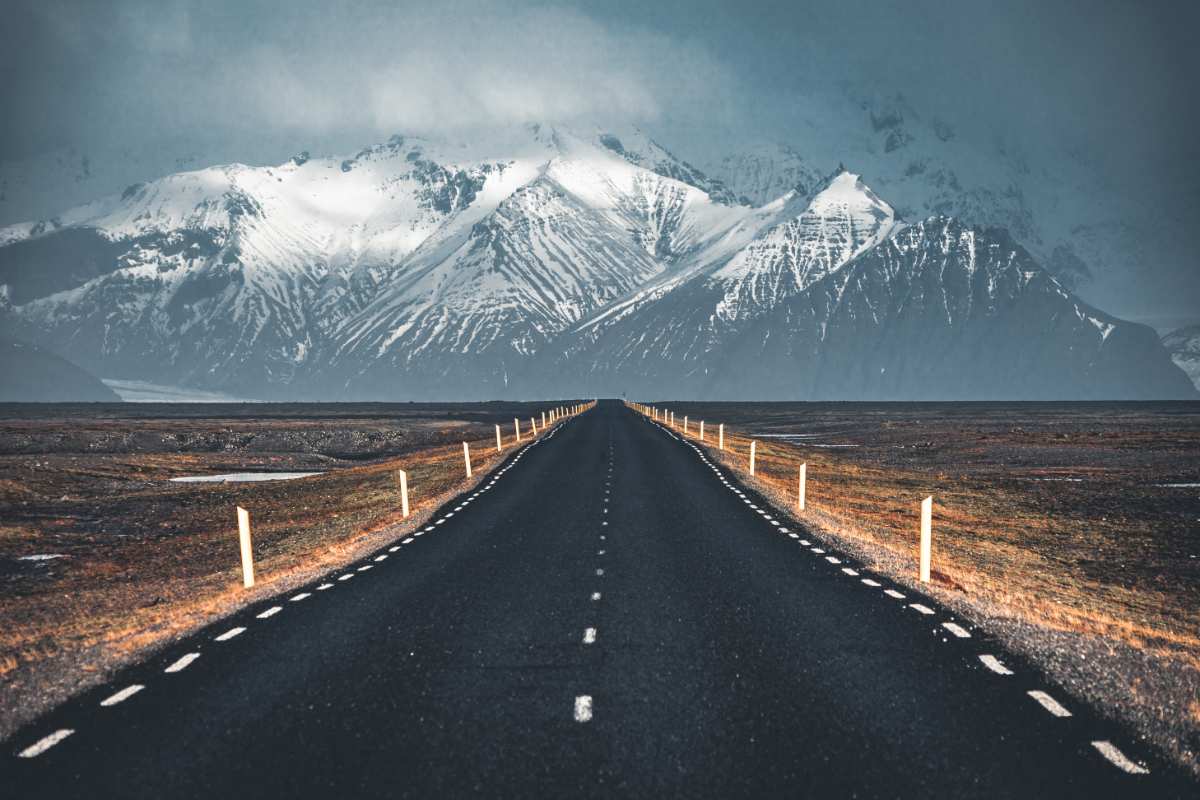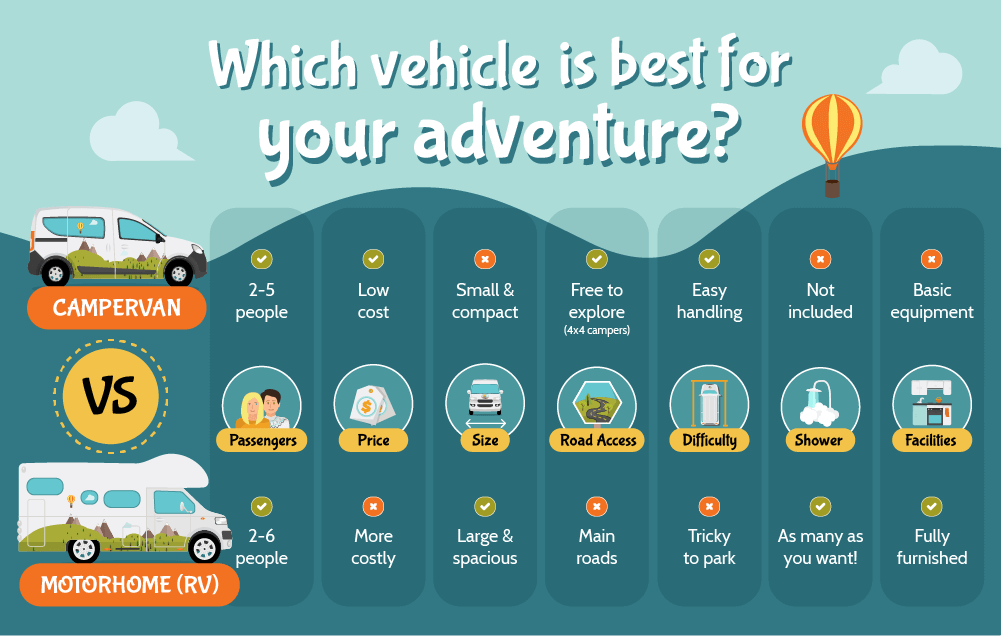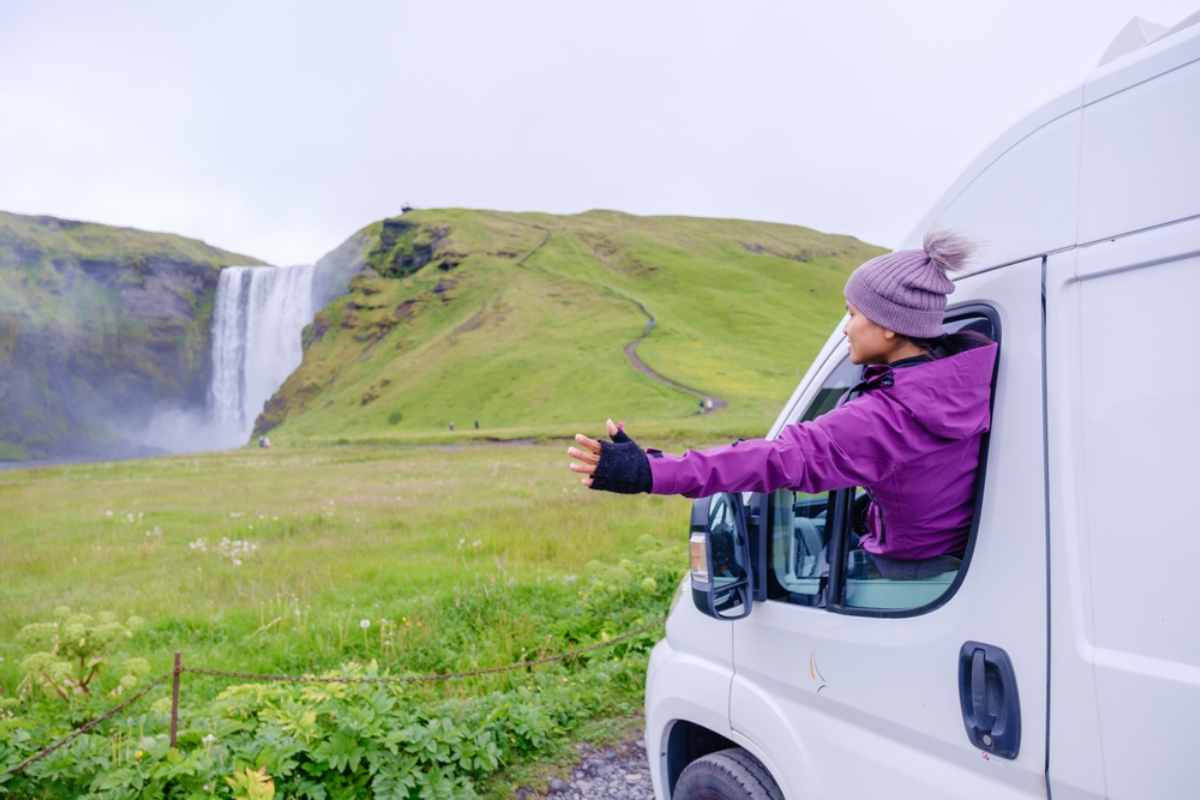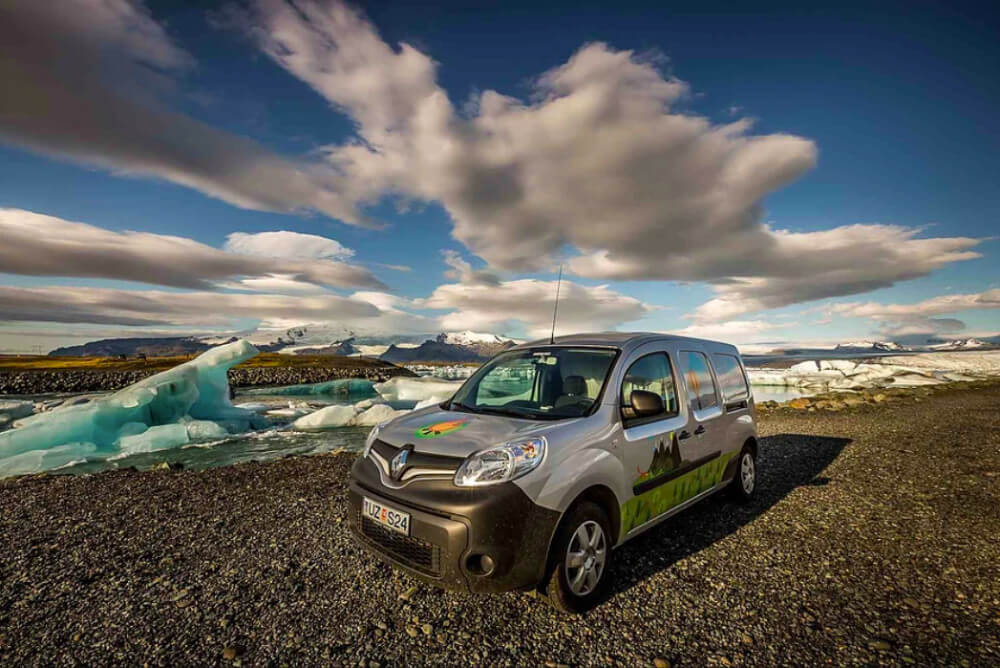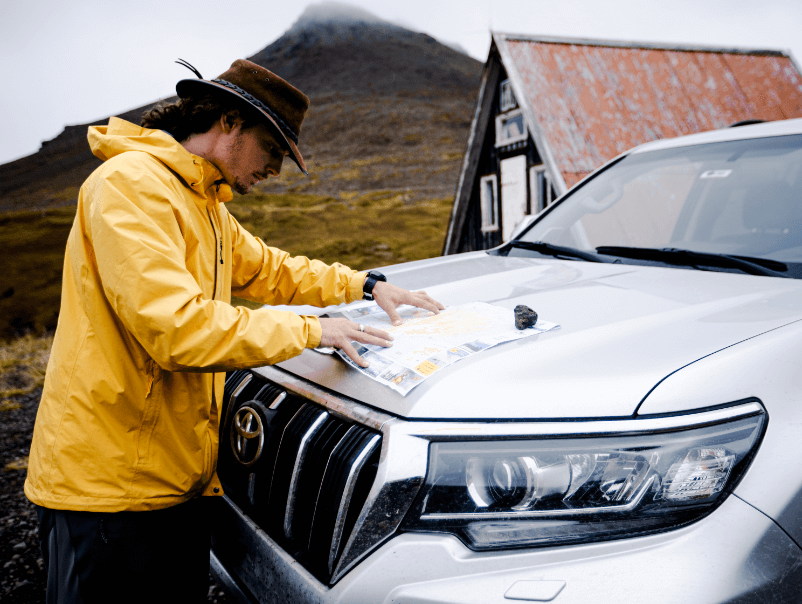Driving in Iceland in December is no summer road trip. The cold cuts in, daylight slips away after a few hours, and storms appear out of nowhere. Roads? The Highlands are closed, and icy patches make even the Ring Road tricky.
That’s why a camper in December is about grit, not dreamy midnight sun freedom. You need heat, traction, and a plan. In return, you get wide-open campsites, cheaper rentals, and the chance to watch Northern Lights from your own parking spot. This guide strips it down: weather, driving reality, the right camper, and survival tips that actually matter.
Weather in Iceland in December
December in Iceland is wet and cold, rather than crisp like a ski holiday. Coastal areas such as Reykjavík typically see average temperatures between -1 °C and 3 °C (30 °F to 37 °F). Inland and northern regions can feel colder, especially at night, with temperatures occasionally dipping below freezing.
Expect damp conditions and occasional sleet or light snowfall rather than dry powder. If you are still unsure about what month exactly you want to come, then read our full guide about Icelandic weather for the full scope.
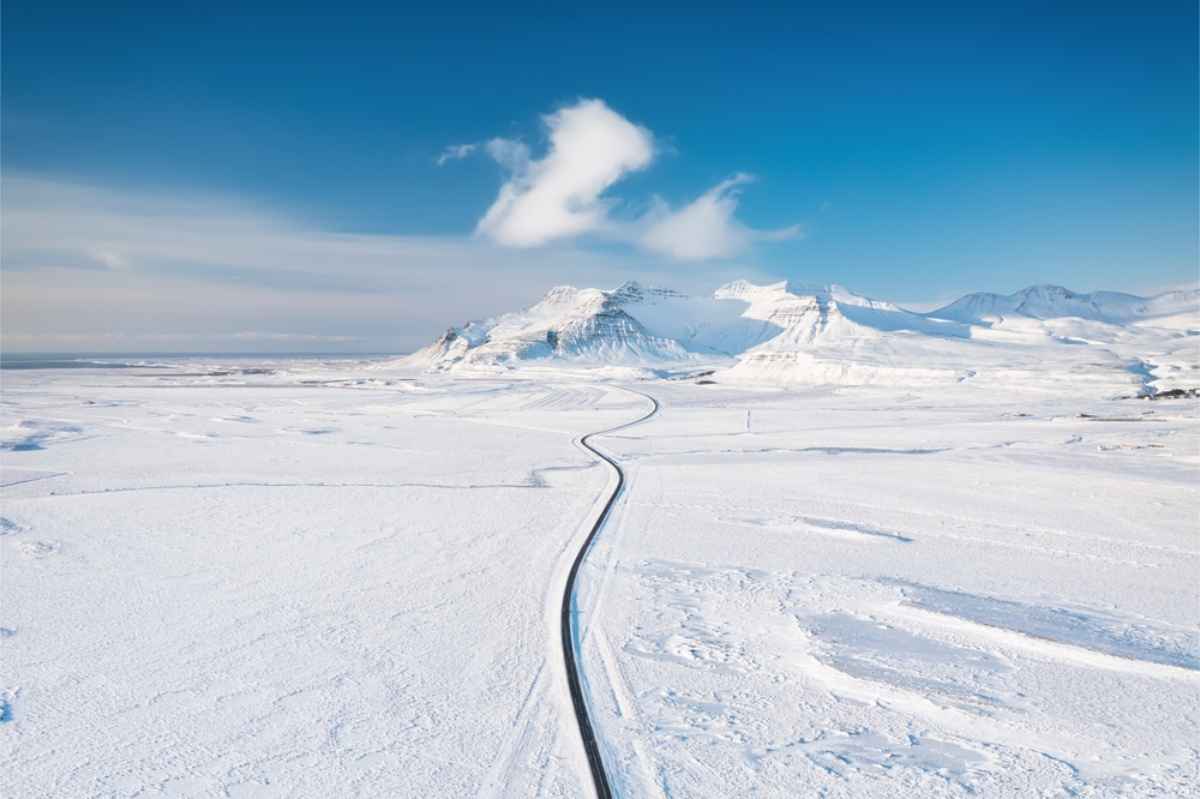
Rainfall and Snowfall in December
Reykjavík in December is wet more often than not. Expect about 14 days of rain, roughly 100 mm in total, enough to keep roads slick and campsites soggy. Snow shows up too, but not in the heavy piles visitors dream about. On average, it’s only around 17.8 mm, about 7 inches, spread across a dozen days. More slush than postcard powder.
Storms and Wind
Snow falls, sure, but wind is the real villain. Average speeds hit 24 km/h (15 mph), and storms can slam you with gusts over 65 km/h (40 mph). In the north or highlands, a storm every ten days isn’t unusual. That means whiteouts, sideways sleet, and visibility so poor you start questioning your life choices.
Hours of Daylight
By mid-December, the sun lazes up just before 11 AM and drops again around 4 PM. That’s barely five hours of light. But those hours? They deliver soft, cinematic tones that shift from pale gold to bruised blue. Photographers love it. Drivers curse it.
How Locals Dress
Icelanders rely on layering and durable outerwear to stay comfortable. They live by layers:
- Thermal base tight against skin
- Wool or fleece mid-layer
- Waterproof, windproof outer shell
- Overtrousers or waterproof pants
- Sturdy boots with spikes or microspikes
- Wool hat, gloves, and thick socks
They’ll often toss in an extra mid-layer and hand warmers because comfort beats fashion every time.
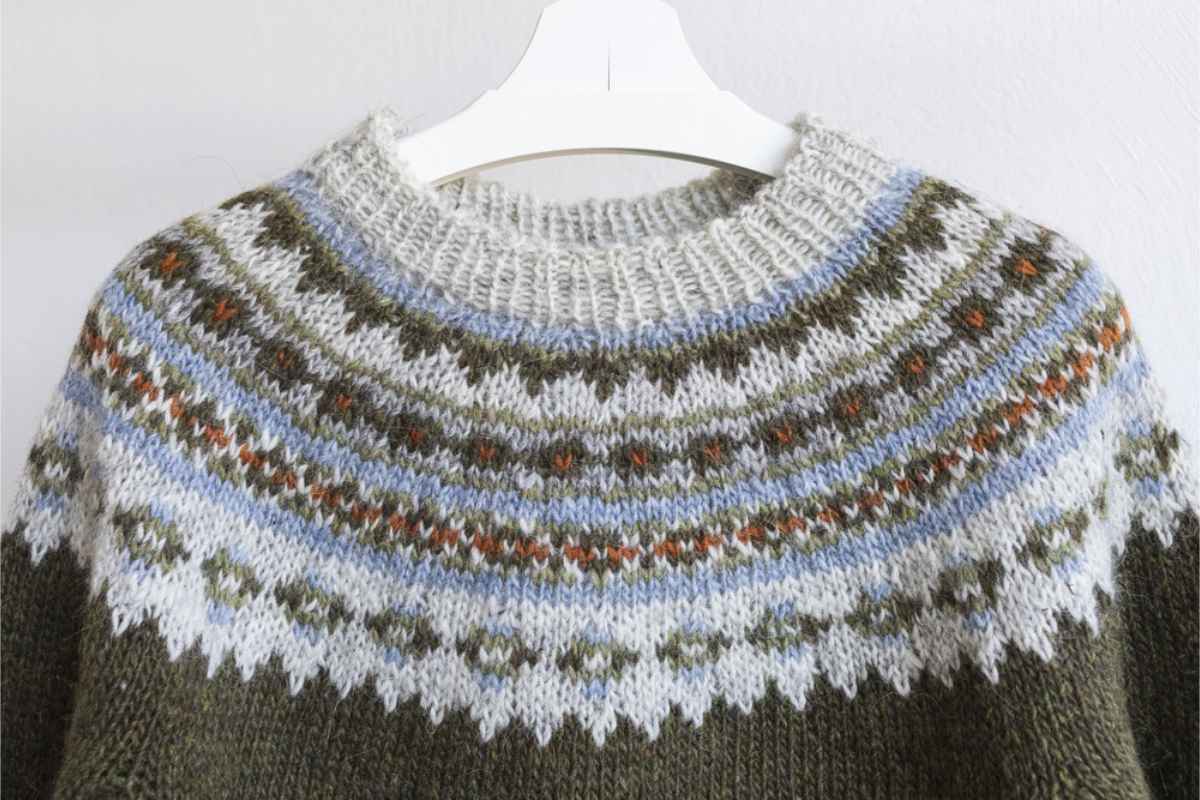
What Tourists Usually Get Wrong
Every winter, a tourist arrives with designer sunglasses but no traction aids. Spoiler: the sun isn’t the danger. Ice is. Sidewalks and trails get extremely slippery, and without spikes, you’ll end up flat on your back. So be warned.
Driving in Iceland in December
The Ring Road (Route 1) is the country’s lifeline and usually stays open, even in December. Storms can shut sections for hours, sometimes longer, but crews fight hard to keep it moving. The highland F-roads? Forget them.
They’re locked until late spring. If your dream list includes places like Landmannalaugar or Askja, you’ll need to rethink it. Coastal routes or guided winter tours are the only way in. Driving in Iceland in December isn’t impossible, but it sure helps if you know a few things or two. Here is how to stay safe and alive while you’re here:
Tip 1 - Ice and Wind Risks
Forget deep snowbanks. It’s the hidden ice and sudden gusts that cause the real chaos when driving in Iceland in December. One moment, the road looks wet, the next, you’re skating. Add wind strong enough to shove your camper sideways, especially along exposed stretches like the Eastfjords, and you’ll understand why locals ease off the gas. Keep it slow, leave plenty of space, and if gusts roar past 50 km/h (31 mph), pull over and wait it out.
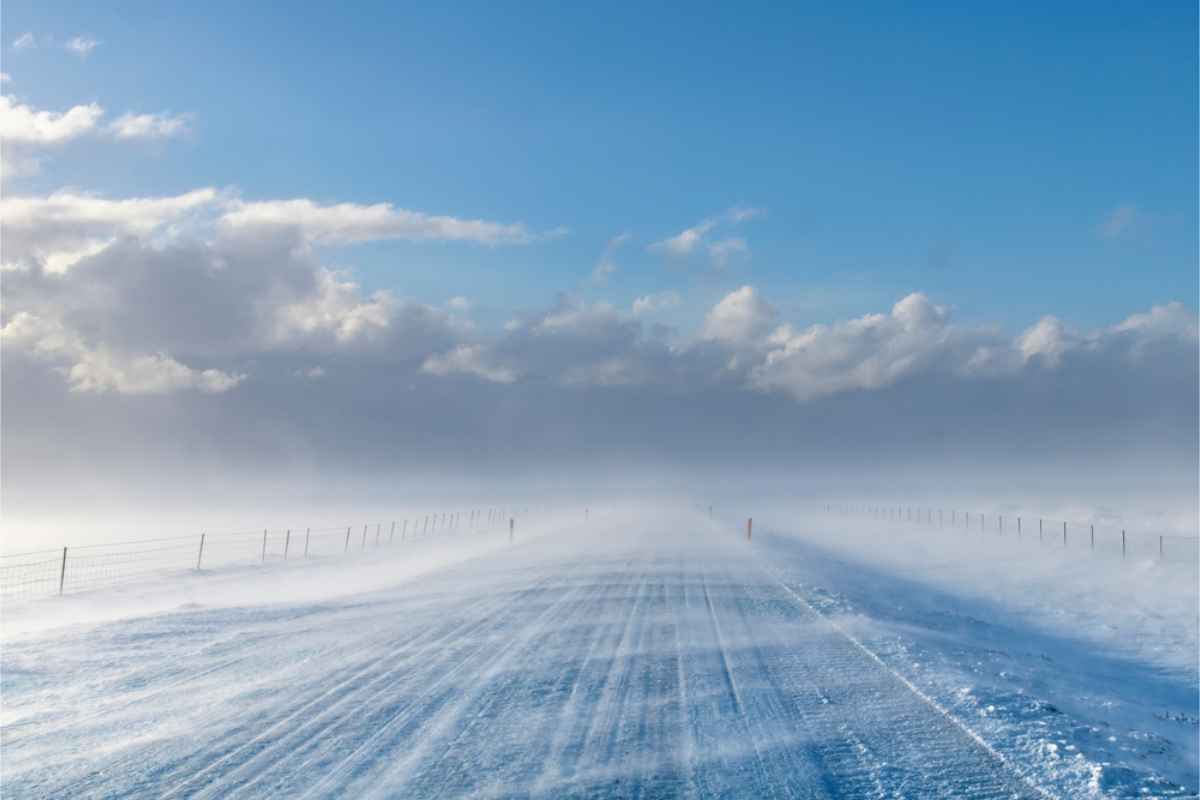
Tip 2 - Black Ice Tricks
Black ice is the con artist of winter roads. It looks like a harmless wet patch until your tires lose grip and you’re suddenly skating. Shaded bends, bridges, and overpasses are the usual traps. The fix isn’t panic braking. It’s keeping calm, steering into the slide, and using smooth inputs until the tires bite again.
Tip 3 - Fuel Availability
Gas stations line the Ring Road, usually every 100 km (62 miles) or so. Sounds safe, until you realize distances stretch longer when the weather turns foul. That’s why locals top up whenever they see an N1 or Orkan pump, even if the tank’s half full. Skip it, and you might be camping at the roadside for all the wrong reasons.
Tip 4 - Check Roads and Weather Daily
Iceland changes its mind hourly in December. Look at vedur.is for wind, precipitation, and temperature, then check umferdin.is for closures, webcams, and ice warnings. Set alerts, refresh before every drive, and build A, B, and ‘we’re not going’ plans. Yesterday’s forecast belongs in the bin.
Tip 5 - Don’t Trust Google Maps Drive Times
Google Maps assumes calm weather and empty roads. December in Iceland laughs at that. A ‘three-hour drive’ can double when wind closes a mountain pass or ice slows every corner. Locals add buffers, tourists miss bookings. Don’t plan your day on an app’s fantasy schedule. Plan it on daylight, weather, and the fact that detours are common.
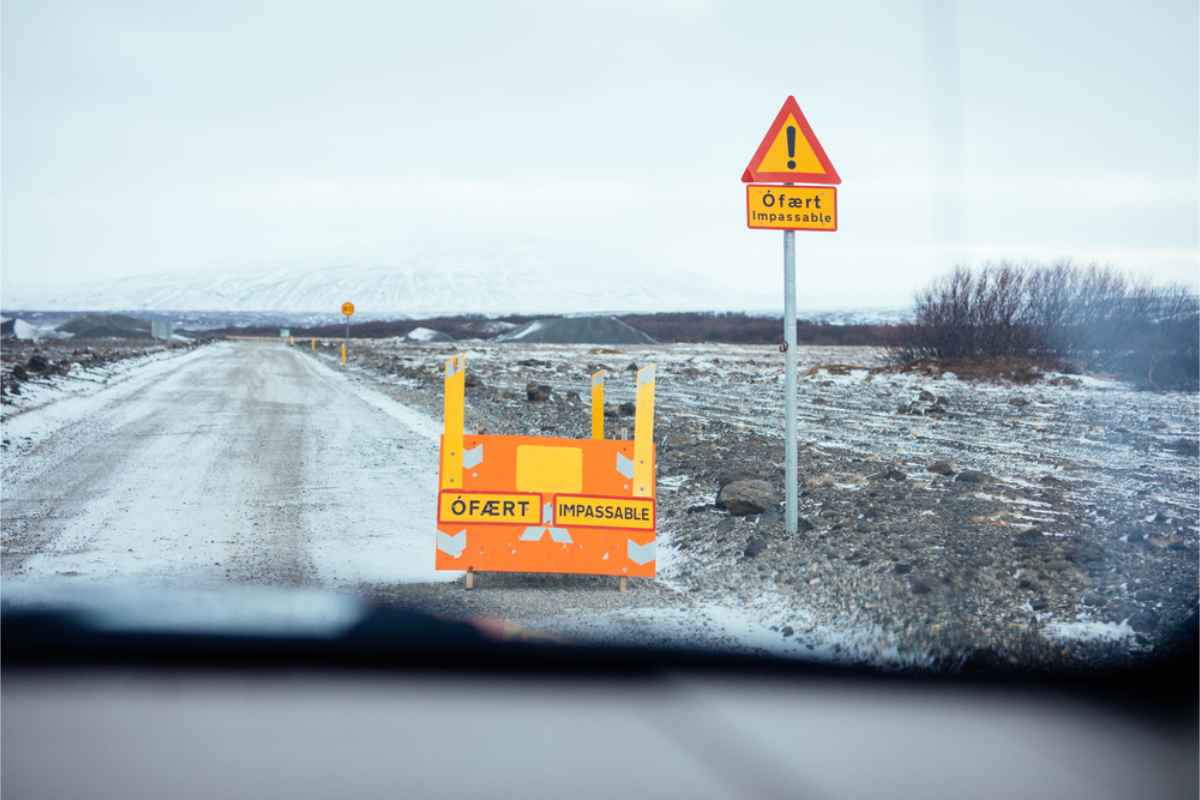
Tip 6 - Carry Emergency Supplies
Driving in Iceland in December means packing for the ‘what if.’ Storm closes the road? Car won’t start in the cold? You’ll be glad you kept backup gear. Stash water, snacks, and a sleeping bag. Add a flashlight, power bank, and extra layers. Locals often throw in a thermos of hot coffee just to stay sane. You might never need any of it, but when the wind howls and visibility drops, having supplies turns a nightmare into an inconvenience.
Tip 7 - Avoid Driving After Dark
Darkness in Iceland isn’t friendly twilight. It’s black roads, hidden ice, and headlights swallowed by drifting snow. Locals keep night driving short unless it’s on familiar routes. For visitors, it’s better to park, warm the camper, and wait for daylight. The five hours of sun you get in December are precious. Use them for the road and save the night for hot soup and Northern Lights.
Tip 8 - Store Emergency Numbers
Don’t wait until the van’s in a ditch to start Googling. Iceland’s emergency line is 112 for police, fire, or ambulance. And keep your rental company’s roadside assistance number saved and easy to find.

Best Type of Campervan for Driving in December
When driving in Iceland in December, a 4x4 campervan is not a luxury; it’s a necessity. A 2WD may look cheaper on paper, but once you meet black ice or slush, traction decides if you keep moving or get stranded. Ground clearance matters too.
Low vans scrape snow piles and struggle on rural roads, while a higher frame clears obstacles. Inside the van, don’t assume comfort is automatic. Night temperatures easily fall below 0 °C (32 °F), so a proper heating system is as important as tires. Automatic transmissions keep things calmer on icy corners, where manual gear shifting adds stress you don’t need.
Bigger vans deliver space and comfort, but tall sides also act like sails in Iceland’s winter winds. The smartest choice is the camper that balances stability, heat, and drivability, not the one with the flashiest brochures.
Top Cheap Rental Campervans in Iceland
Not every camper can survive December. You need traction, heating, and a setup that will not leave you frozen at 3 AM. Rooftop tents are cheap and warmer than people think, with fiberglass shells and thick mattresses that do the job, but wind exposure is their weak spot. If you would rather sleep without the canvas shaking, an insulated hard-sided 4x4 is the safer call. These are the best value options for renting a campervan in Iceland this winter:

Campervan 4x4 Hilux (Manual & Automatic)
- Seats: 3–4 | Sleeps: 3-4
- Heating: Automatic heating in sleeping area
- Why it works: Built for dirt roads and rough conditions, the Hilux combines high clearance with proper winter gear. It’s rugged enough for icy stretches, and the heating system means you won’t wake up frozen at 2 AM. Manual if you want control, automatic if you want less stress.
Campervan 4x4 California Beach ECO (Automatic)
- Seats: 5 | Sleeps: 4
- Heating: Automatic heating in sleeping area
- Why it works: More spacious than the Hilux, the California ECO suits small families or groups. Four beds, built-in heating, and strong 4WD make it reliable for coastal drives in December.
Campervan 4x4 California Beach (2024 Automatic)
- Seats: 5 | Sleeps: 4
- Heating: Automatic heating in sleeping area
- Why it works: The newest model with modern diesel power, pop-up roof, and a heating system that keeps the cabin comfortable all night. Extra storage and a clean interior setup for longer trips.
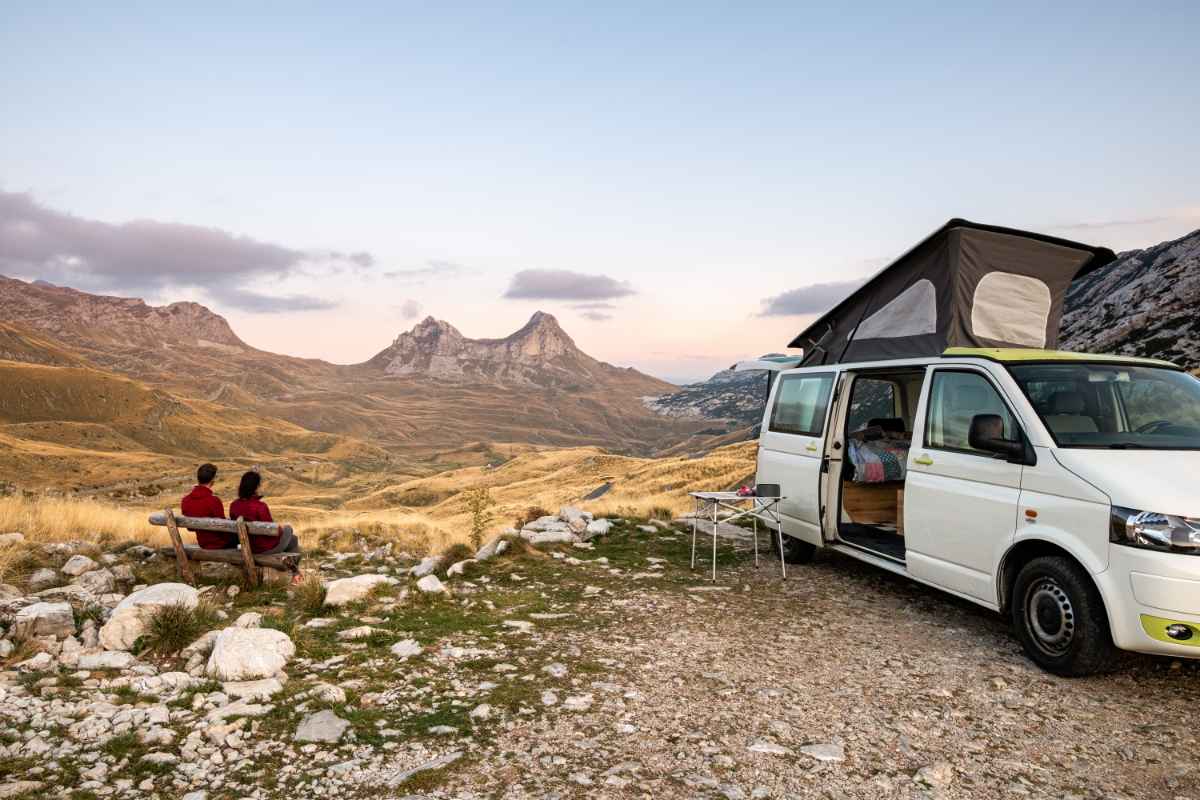
Campervan 4x4 Adventure + (Automatic)
- Seats: 4 | Sleeps: 3 (2 adults + 2 kids possible)
- Heating: Automatic heating in sleeping area
- Why it works: Designed for adventurous travelers who want F-road access where it’s still legal in winter. Pop-up roof and compact kitchen included. Recommended for two adults in December since the roof tent is too cold for sleeping.
Motorhome Viking 4x4 (Manual)
- Seats: 2 | Sleeps: 2
- Heating: Automatic heating in sleeping area
- Why it works: A solid pick for couples who want maximum comfort without giving up 4x4 traction. Allowed only on limited F-roads, but more than enough for winter road trips. Heating, storage, and full camper amenities make it a “home on wheels” for two.
FAQs About Driving in Iceland in December
Can you sleep in a camper when it’s -5 °C (23 °F)?
Yes, with heaters or extreme bags. Without them, you’ll wake up shivering. December campers need proper insulation, not bravado. Iceland doesn’t reward overconfidence at night.

Are campsites even open in December?
Some are. ‘Open’ often means a plowed lot with power hookups, not full summer service. Expect fewer amenities, dark nights, and blissfully empty showers if they’re working.
Do rental companies allow you to drive during storms?
They warn against it. Insurance won’t cover reckless storm driving. Ignore closures and you’ll pay for damages. Locals stay put when the wind rips roofs off sheds.
Is it possible to see the Northern Lights from a camper?
Yes, if skies are clear. Park away from town lights, brew coffee, and wait. The best viewing chairs in December? The ones bolted to your camper.
How do locals drive differently in winter?
Slower, calmer, headlights always on. Hazard lights in whiteouts, pulling over without drama. Tourists panic, locals shrug. Copy the shrug, not the panic. Iceland rewards patience.
What happens if you get stuck between towns at night?
You call 112, wait, and stay inside the van. Supplies matter here. Hot drinks and blankets turn disaster into delay. Skipping them makes headlines.

Is fuel more expensive in December?
Prices don’t spike, but rural stations close earlier. Fill up whenever possible. Nothing festive about running dry between villages in the dark with 100 km still to go.



 By
By 
